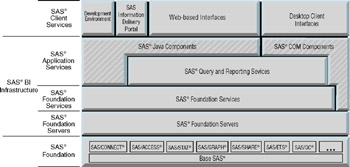

The count for Deleted Observations shows a missing value if you use the COMPRESS=YES option with one or both of the REUSE=YES and POINTOBS=NO options. Instead, the data can no longer be accessed.

If it were, the data set would be rewritten every time an observation was deleted. If an observation is deleted, SAS marks that observation as no longer existing-it is not actually removed from the data set at that time. The difference is the 2 bytes of padding so that the next observation is aligned on a double-byte boundary within the disk page buffer.įor more details, see our article on Length and Precision of SAS Variables.ĭeleted Observations – This attribute shows how many observations are marked for deletion in the data set. The total=8+8+8+8+6=38 bytes, but the observation length is always shown as the multiples of 8 in the results so it is 40 instead of 38. If you take a look at the program, we had the length of Sex as 6 and the remaining variables have a length of 8. Numeric variables have a default length of 8 bytes whereas character variables are set in the program. PROC CONTENT is useful if you have imported your data from a file and want to check that your variables have been read correctly and have the appropriate variable type and format.įor example, you may wish to review whether there is no truncation of character variables or whether date variables are correctly read. Find the Character and Numeric variables in a SAS dataset.When was the dataset created or last modified?.How many observations are in the dataset?.The variables’ names, types, and attributes (including formats, informats, and labels).With the PROC CONTENTS procedure, you can generate summary information about the contents of a dataset, such as: Exporting Proc Contents output Summarizing Data with PROC CONTENTS.ORDER=COLLATE | CASECOLLATE | IGNORECASE | VARNUM.Using the DIRECTORY and DETAILS Options.


 0 kommentar(er)
0 kommentar(er)
